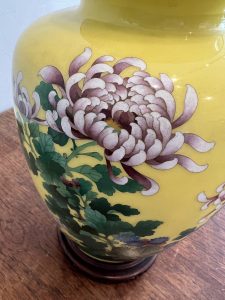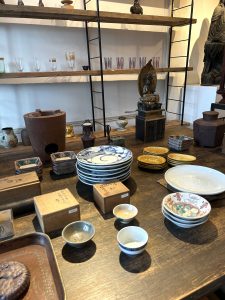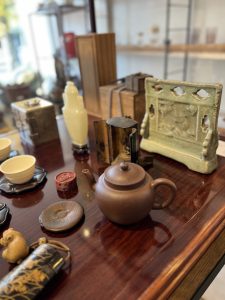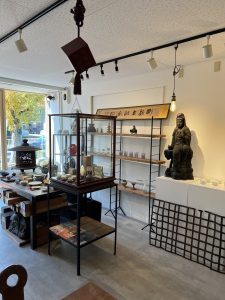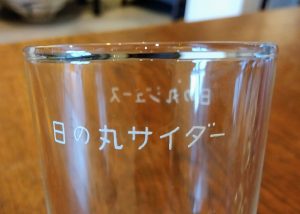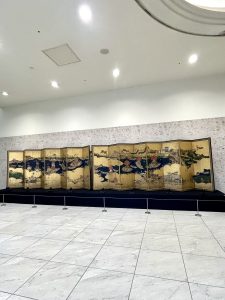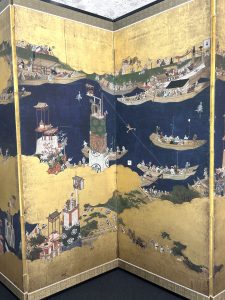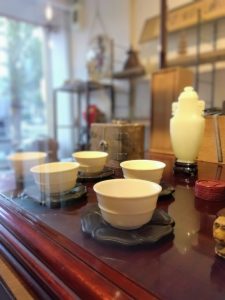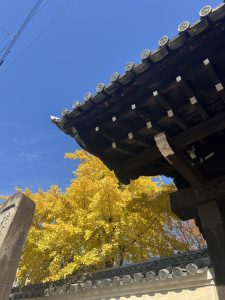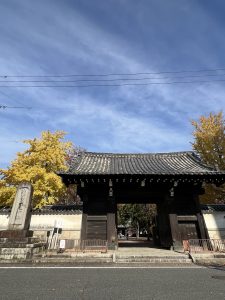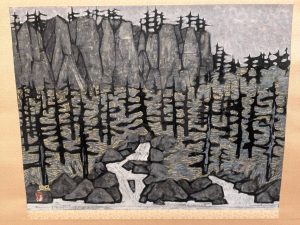「相続と骨董品買取のお話 その11」火鉢の処分方法・買取について(愛知県名古屋市千種区姫池通 骨董買取 古美術風光舎)
2025.12.05
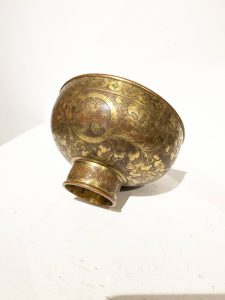
今日も冷えますね。
ありがたいことに、今ではスイッチひとつで暖かくなる時代ですが、かつては、炭火を入れて暖を取ったり湯を沸かしたりする火鉢が使われていました。日本の冬の風物詩として多くの家庭で使われていた暖房具である火鉢ですが、買取にお伺いする際によくお問い合わせいただくお品でもあります。
「押入れや倉庫から灰が入ったままの状態で見つかったけれど、どうしたらよいか?」そんなお声をよく伺いますので、今回は火鉢の捨て方や処分方法を簡単にご紹介いたします。
火鉢を処分する方法には、おおまかに以下の方法が考えられます。
1.ゴミとして処分する
2.ほかの家具としてリメイクする
3.買取業者で買い取ってもらう
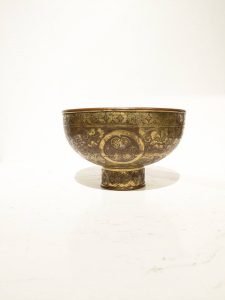
1.ゴミとして処分する
火鉢を使用する予定がない場合は、不燃ゴミとして出せるため処分が簡単です。ただし、お住いの地域によっては、粗大ゴミとして処分しなければならない場合もありますので、確認が必要です。
火鉢を処分する際、火鉢に灰が入っている場合は、灰を取り出す必要があります。長年火鉢に灰が入ったままの場合は、「火箸で灰を突いてみる」「灰ならしで叩く」などすると固まった灰は崩れます。
もし石のように灰が硬い場合は、ハンマーなどで叩いて、硬い灰を崩してから取り出しましょう。
取り出した灰はふるいにかけて、ゴミやダマを取り除き、綺麗な状態畑や家庭菜園にまいて、肥料として使うこともできます。
2.ほかの家具としてリメイクする
ゴミとして処分することにためらう場合は、ほかの家具にリメイクして使用するのもひとつです。たとえば、長火鉢の炉の部分にガラス板やトレイを置いて蓋をすれば、ローテーブルになります。
ほかに、陶器製の火鉢の場合は、金魚鉢や蓮鉢、傘立てなどにリメイクできますが、火鉢は水を入れることを前提に作られていないため、水漏れを起こすことも多いです。とくに古い火鉢は、ひび割れや欠けから水漏れが起きることもありますので注意が必要です。
3.買取業者で買い取ってもらう
残念ながら、火鉢は骨董市場における需要があまり高くありませんが、一部のレトロ愛好家やコレクターに根強い人気はあります。
火鉢の買取価格は、素材や作家、美術的価値などで金額が変わることが多いです。重量感のある大きいサイズの火鉢でも気軽に相談できます。ただし、目立つひび割れや欠けがある場合、買取を断られるケースがあるため注意してください。
古美術風光舎では、引っ越しや遺品整理、解体処分、片付けで不用となった火鉢や、放置されたままの火鉢や瓶掛も買取させていただいております。長火鉢、角火鉢、六角火鉢、丸火鉢、箱火鉢などございましたら、お問い合わせください。買取可能であれば、多少傷や汚れがあっても構いませんので一度お気軽にお電話にてご相談ください。
※単品や価値の低い火鉢ですと出張買取が難しい場合もございます。また時代の流れにより買取できない火鉢もございますのでご承知おきください。
It’s cold again today.
Thankfully, we now live in an era where warmth is just a switch away. But in the past, people used hibachi—charcoal braziers—to keep warm and boil water. As a traditional Japanese winter fixture, hibachi were heating devices used in many homes. They’re also items we often get inquiries about when visiting for buybacks.
We often hear, “I found one in the closet or storage with ashes still inside—what should I do?” So this time, we’ll briefly introduce how to dispose of or get rid of a hibachi.
There are roughly the following methods for disposing of a hibachi:
1. Dispose of it as trash
2. Remodel it into other furniture
3. Have it bought by a dealer
1. Dispose of it as trash
If you have no plans to use the hibachi, disposal is straightforward as it can be placed out as non-combustible waste. However, depending on your local regulations, it may need to be disposed of as bulky waste, so verification is necessary.
When disposing of a hibachi containing ash, the ash must be removed first. If ash has been left inside for many years, try poking it with fire tongs or tapping it with an ash rake to break up any hardened ash.
If the ash is rock-hard, use a hammer to break it up before removal.
Sift the removed ash to remove debris and clumps. The clean ash can be spread over fields or home gardens as fertilizer.
2. Remake it into other furniture
If you hesitate to discard it as trash, remaking it into other furniture is another option. For example, placing a glass plate or tray over the fire pit section of a long hibachi and adding a lid creates a low table.
Additionally, ceramic hibachi can be repurposed as goldfish bowls, lotus planters, or umbrella stands. However, since hibachi aren’t designed to hold water, they often leak. Be especially cautious with older hibachi, as cracks or chips can cause leaks.
3. Selling to a Dealer
Unfortunately, fire bowls don’t command high demand in the antique market, though they retain a loyal following among some retro enthusiasts and collectors.
The purchase price for a fire bowl often varies based on materials, artist, and artistic value. Even large, heavy fire bowls can be easily discussed for sale. However, be aware that dealers may refuse to buy items with noticeable cracks or chips.
At Fugaku Shosha Antiques, we purchase fire bowls that have become unnecessary due to moving, estate clearance, demolition disposal, or decluttering, as well as abandoned fire bowls and bottle hangers. If you have long fire bowls, square fire bowls, hexagonal fire bowls, round fire bowls, box fire bowls, etc., please inquire. If purchase is possible, minor scratches or stains are acceptable, so feel free to call us for a consultation.
※Please note that we may be unable to offer on-site purchases for single items or low-value hibachi. Additionally, some hibachi may be ineligible for purchase due to their historical period.
Well then, see you later. (Staff T)
*******************
ご実家の整理やお片付けなどをされている方のご相談などが多くございます。
お片付けなどくれぐれもご無理のないようになさってくださいませ。
風光舎では古美術品や骨董品の他にも絵画や宝石、趣味のお品など様々なジャンルのものを買受しております。
お片付けをされていて、こういうものでもいいのかしらと迷われているものでも、どうぞお気軽にご相談下さいませ。
また風光舎は、出張買取も強化しております。ご近所はもちろん、愛知県内、岐阜県、三重県その他の県へも出張いたします。
まずは、お電話お待ちしております。
愛知県名古屋市千種区姫池通
骨董 買取【古美術 風光舎 名古屋店】
TEL052(734)8444
10:00-18:00 OPEN
#出張買取#骨董#古美術#骨董品#絵画#版画#茶道具#刀剣#彫刻


